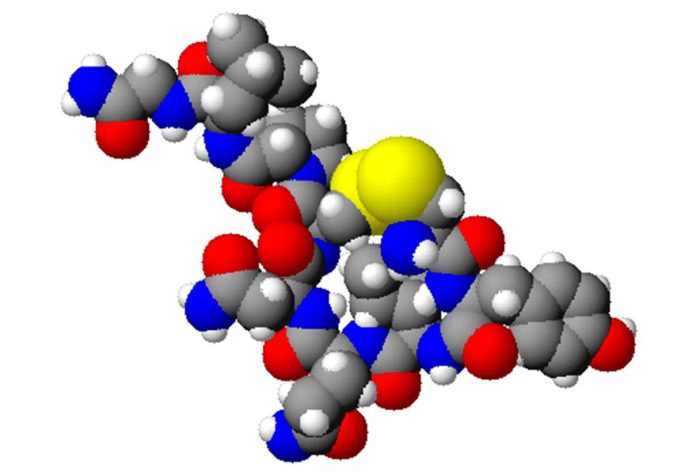How oxytocin affects human behavior is not still clear. In many animals, from rodents to non-human primates, oxytocin increases positive social behaviors and attention paid to others, and reduce negative social behaviors like threats and vigilance.
Scientists at the University of Pennsylvania now want to understand what happens during spontaneous, naturally occurring interactions following inhalation and injection of both oxytocin and a similar neuropeptide, vasopressin. Analyzing the available data, they found that in male rhesus macaques, the hormones flatten group hierarchy, resulting in dominant monkeys becoming more relaxed and subordinate monkeys becoming more confident.
In male rhesus macaques, the hormones straighten the amass chain of importance, bringing about overwhelming monkeys winding up more casual and subordinate monkeys ending up more certain.
Penn neuroscientist Michael Platt said, “This society, which is often described as despotic, hierarchical, and regulated by aggression and submission, becomes more egalitarian. Everyone is a little nicer to everyone else. They synchronize their facial expressions and their behavior more tightly in time. In other words, they’re paying more attention to each other, and when you do this, you get information more quickly and you respond more quickly.”
The work, the first of its kind, involved giving one macaque oxytocin, vasopressin, or saline via inhalation or injection. Then I paired him seven times, six with different monkeys and once with an empty chair, in a random order. For their protection, the animals could not physically touch. However, they could interact and could see, hear, and smell each other.
The specialists recorded a five-minute trade; at that point, two separate eyewitnesses scored the conduct, outlined by an outline. Seven macaques took an interest in the inward breath work, and seven partook in the infusion work.
Postdoctoral researcher Yaoguang Jiang said, “Social dominance in monkeys is a really big deal. They live and breathe for it. But here, the curve got flattened. If you were in the middle, you stayed in the middle. But if you were lower-ranking and you used to be timid, you got a little more assertive, and if you were super dominant, you still knew you were the boss, but you were a little more chill about it. You weren’t always trying to pick a fight.”
“What’s more, the alignment of actions—what’s known as behavioral synchrony—when only one half of a duo got the hormone indicates non-verbal cues underlying the activity. Somehow they were conveying this information to each other. Communication was obviously not verbal, but little gestures. This is consistent with previous work from Platt showing that oxytocin increases how long one monkey looks at and pays attention to another monkey.”
Vasopressin prompts an indistinguishable result from oxytocin, which really confuses the photo of how such hormones function. By infusing a little amount of the hormones into a brain region that exclusive contains vasopressin receptors, Platt and Jiang observed that oxytocin gave off an impression of being official to vasopressin receptors to change conduct.
In principle, delving profound into these hormones and their fundamental systems could conceivably prompt leaps forward in helpful medicines for a social issue, for example, a mental imbalance and schizophrenia and bipolar issue. It might likewise help youngsters who have had pituitary tumors evacuated, a technique that can harm the hypothalamus and prompt voracious indulging for reasons still obscure.
Platt said, “Our understanding of how all of this is going to work is much more complicated than originally thought. We have to consider this whole other system, the vasopressin system.”
“We anticipate that for these kids, there is a whole set of underlying social problems that people aren’t dialed into because they’re focused on the fact that the kids can’t stop eating. We’re trying to determine whether when we treat them for overeating, that also improves social functions.”
This overall work builds on research Platt has conducted on non-human primates for more than two decades. In particular, rhesus macaques offer a valuable comparison to humans because the animals model many of the same social behaviors, live in large groups, and form long-term social bonds.
The study is published in the journal Scientific Reports.
